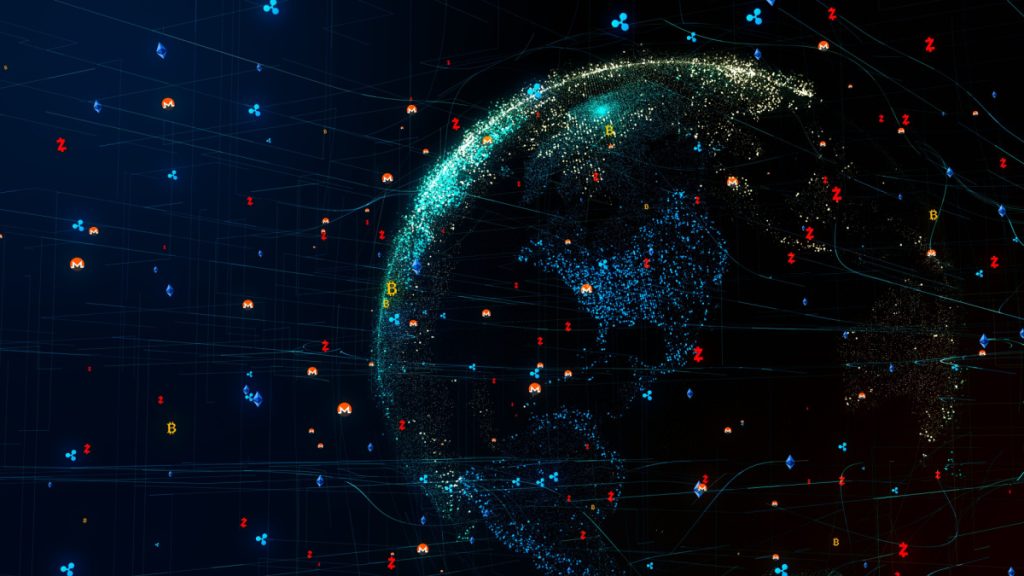
In recent years, the internet has undergone rapid development, driven by transforming the internet landscape and emerging technologies such as artificial intelligence, augmented reality, and virtual reality. A significant trend influencing the future of the internet is the rise of the decentralized web. This concept is deemed a pivotal transition in how individuals connect and interact across the global network, responding to challenges posed by traditional centralization through the utilization of blockchain technology and other decentralized innovations to enhance safety, transparency, and efficiency.
The decentralized web represents a departure from the current centralized model of the internet, where data is stored in servers controlled by major companies like Google, Amazon, and Microsoft. Instead, the decentralized web leverages a network of interconnected computers, making it challenging for any single entity to access or control data. This shift is seen as an opportunity for users to engage in a more comprehensive and decentralized manner, fostering a participatory environment.
What Is Decentralized Web?
The decentralized web focuses on reducing centralization by employing technologies such as blockchain and smart contracts for data distribution and operations across a dispersed network of devices. In contrast to the current internet model, it eliminates the need for intermediaries, offering increased security and autonomy to users.
Origins of Decentralized Web
The evolution of the decentralized web traces back to the early 1990s with the conceptualization of the semantic web, aiming to make information on the web machine-understandable. The advent of blockchain technology in the 2000s played a crucial role in its development. Blockchain, relying on a network of interconnected computers, creates a secure and unchangeable digital record. Satoshi Nakamoto’s introduction of Bitcoin in 2009 further solidified the viability of decentralized systems, marking a pivotal moment in the history of the decentralized web.
Features of Decentralized Web
The decentralized web boasts several advantages over its centralized counterpart, including enhanced transparency, autonomy, and security. It facilitates decentralized governance, independent journalism, and creative content creation. The use of consistent encryption techniques and decentralized records ensures high levels of security, allowing users greater control over their data.
Decentralized web applications and data are not subject to control by centralized entities, fostering efficiency in systems like decentralized finance. The collaboration between users and developers encourages innovation, giving rise to applications such as smart contract-based financial systems.
Challenges Facing Decentralized Web
Despite its potential, the decentralized web faces challenges such as limited awareness, compatibility issues, slower data access, legal uncertainties, and security concerns. User perception of complexity, inefficient applications, and insufficient funding for projects are additional obstacles. Currently, the decentralized web is in an early developmental stage with a limited user base.
Future of Decentralized Web
Decentralized web technologies, including blockchain and smart contracts, are becoming fundamental to a new internet paradigm. Numerous projects in decentralized identity, storage, and finance are gaining traction across various industries. The decentralized web continues to evolve rapidly, with experts anticipating its significant role in transforming the internet landscape, enhancing security, transparency, and direct interactions. As it progresses, the decentralized web may coexist with the centralized web, offering users diverse applications and features tailored to their needs. The full extent of its transformative impact on the internet is yet to be fully realized.
Inside Telecom provides you with an extensive list of content covering all aspects of the tech industry. Keep an eye on our Tech sections to stay informed and up-to-date with our daily articles.